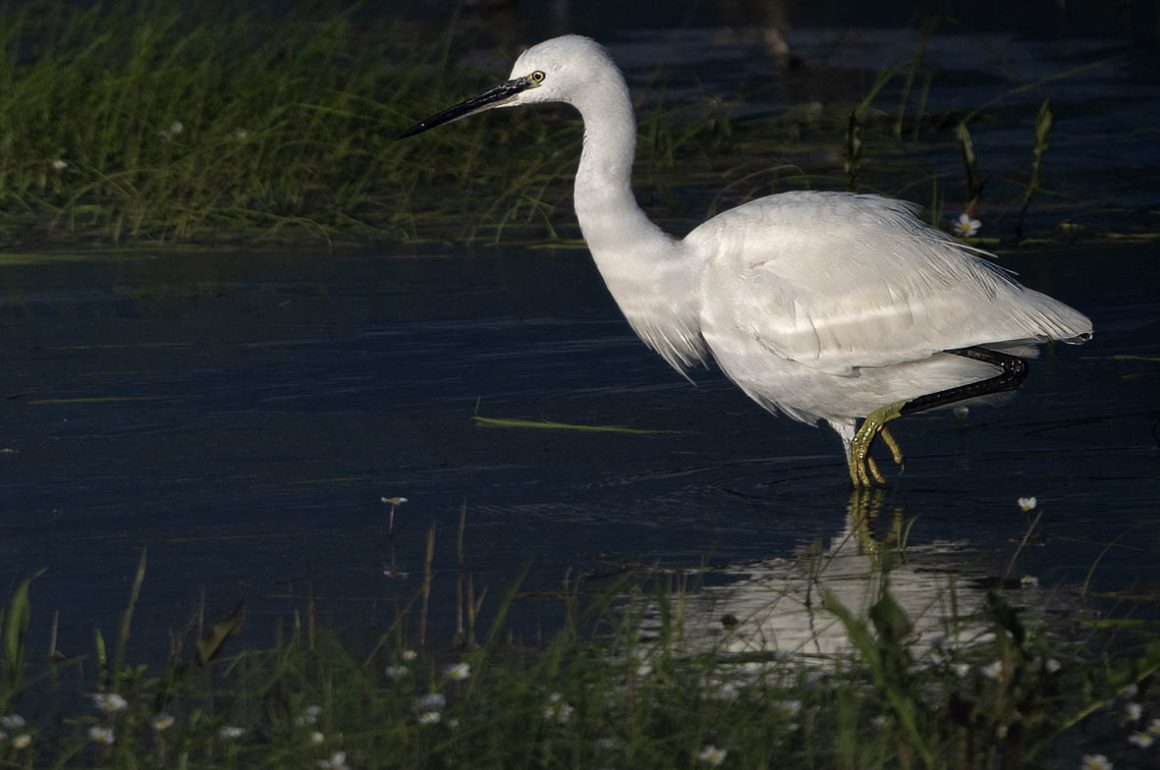
This is a time of year when we see, in the northern hemisphere, almost daily changes in birds as they prepare for the breeding season. Down here, in the southernmost extreme of Europe, some of these changes start sooner than further north. Having a look at our wetlands this week gave me good examples of what is happening.
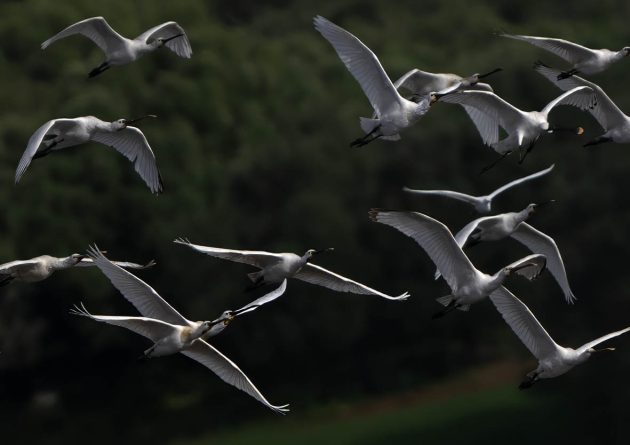
On the one hand birds are arriving from the south, sometimes in spectacular flocks. In my previous articles I’ve highlighted hirundines and Great Spotted Cuckoos (Clamator glandarius). Others are arriving too and its not just the White Storks (Ciconia ciconia) that arrive in large flocks.
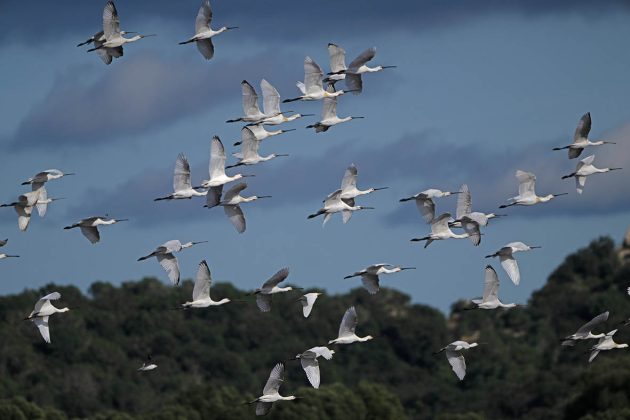
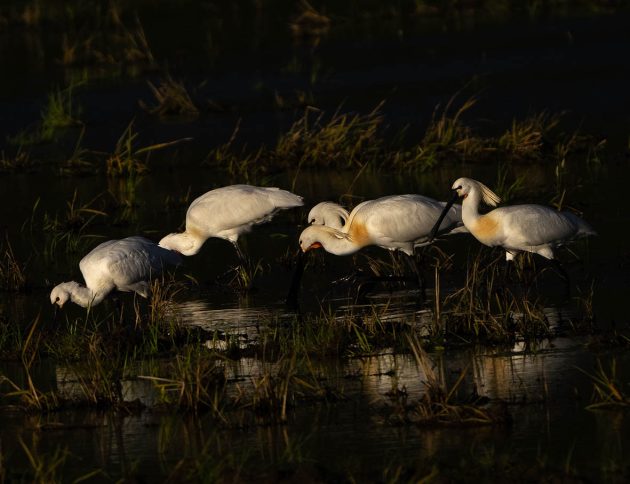
Although some remain here throughout the winter, numbers of Spoonbills (Platalea leucorodia) are augmented by birds coming in from the south, some in spectacular breeding plumage. Black-winged Stilts (Himantopus himantopus) are also showing up in places where they haven’t been all winter, almost certainly arrivals from North Africa.
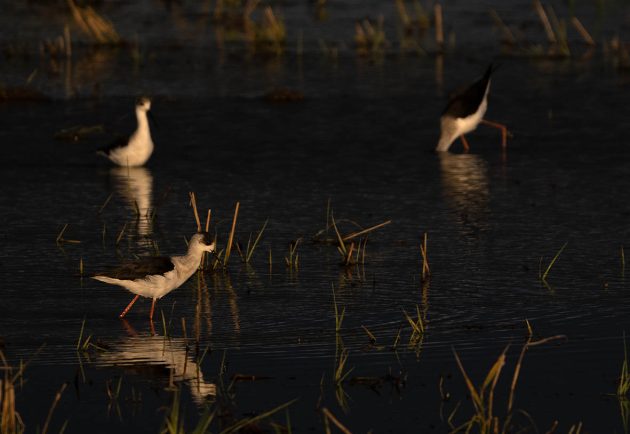
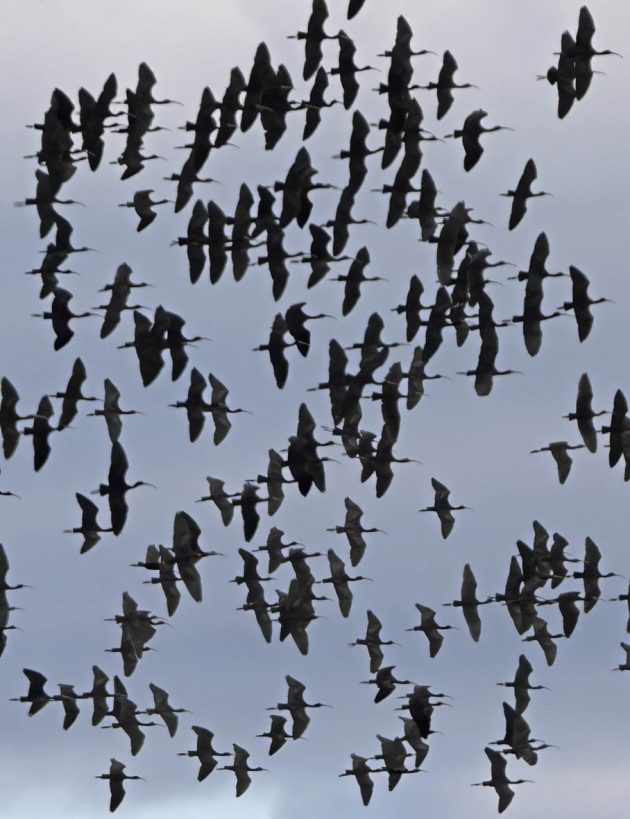
Others are simply gathering in very large numbers, socializing and entering the rituals that birds have prior to breeding. Because of the tight flocks that they form, Glossy Ibises (Plegadis falcinellus) stand out. More discreet, but beautiful are the ducks which are now pairing up, among them Northern Shovelers (Spatula clypeata).
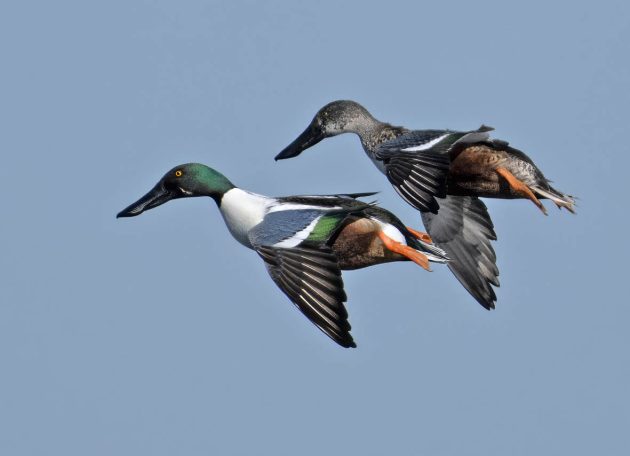
I have a soft spot for gulls. Mediterranean Gulls (Ichthyaetus melanocephalus) are now moulting into breeding plumage, some adults now having almost complete black hoods which contrast beautifully with their red bills.
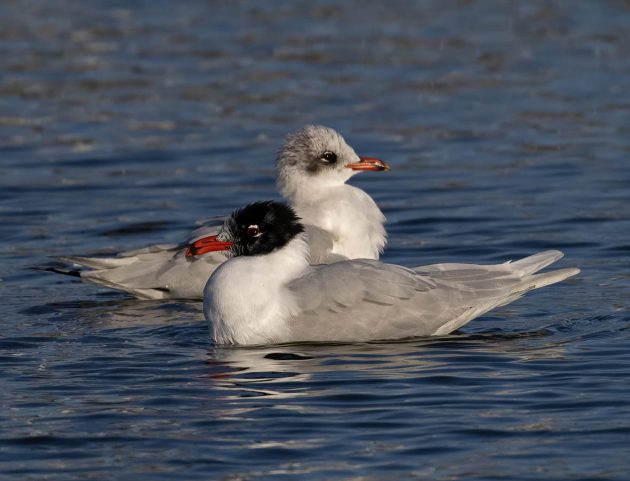
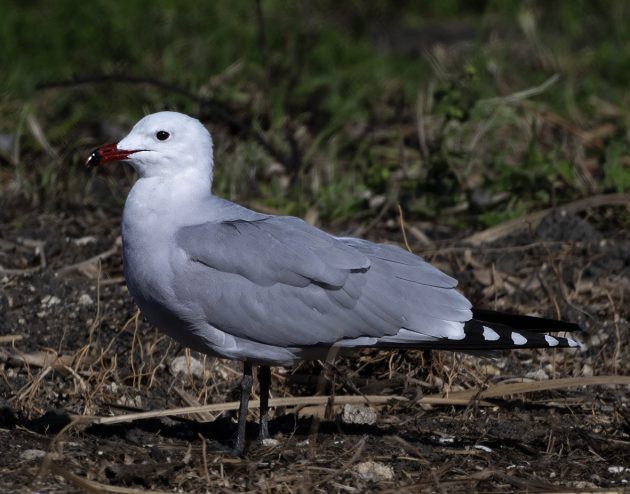
Adult Audouin’s Gulls (Icthyaetus audouinii) are now in pristine plumage as they start returning to their breeding colonies. February is their month. Great Cormorants (Phalacrocorax carbo), too, are getting into breeding plumage.
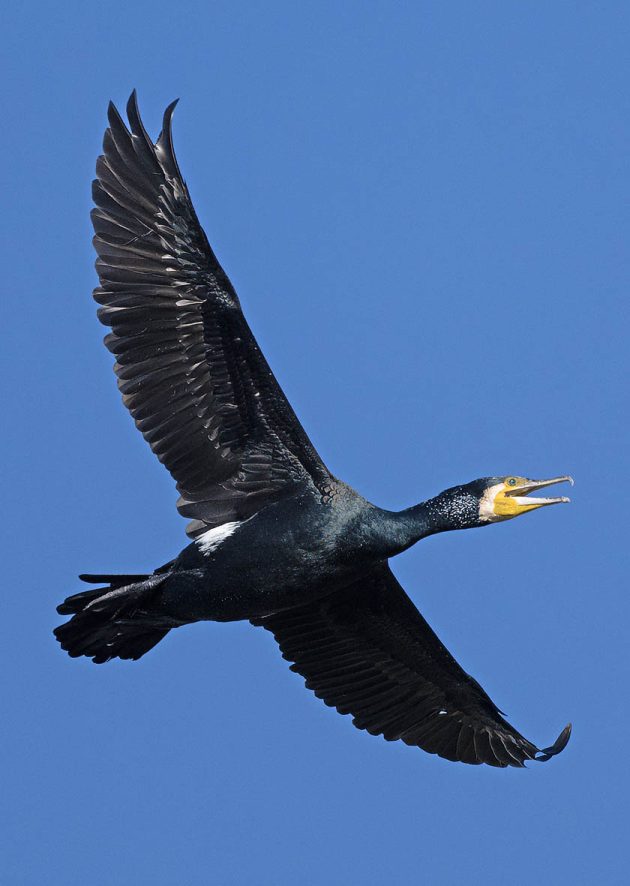
Other gulls will leave us soon and they are slightly behind in their plumage transitions. Lesser black-backed Gulls (Larus fuscus) are still largely in winter plumage, some beginning to lose the streaking on their heads. Others are rarer down here, at the edge of the winter range, and we will soon see them depart for the north.
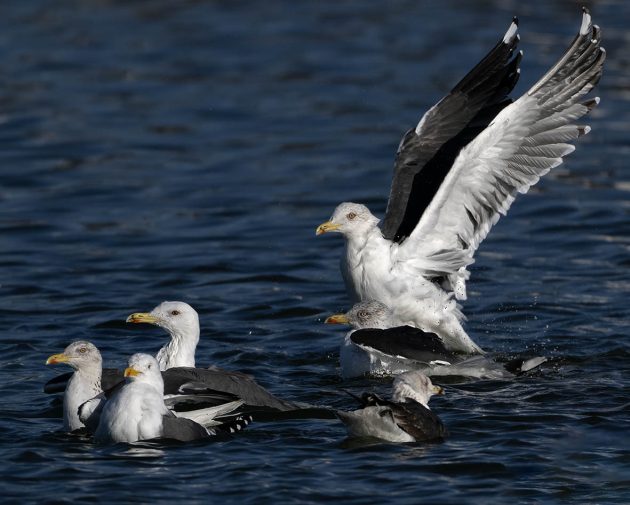
A Common Gull (Larus canus) was among my sightings this week.
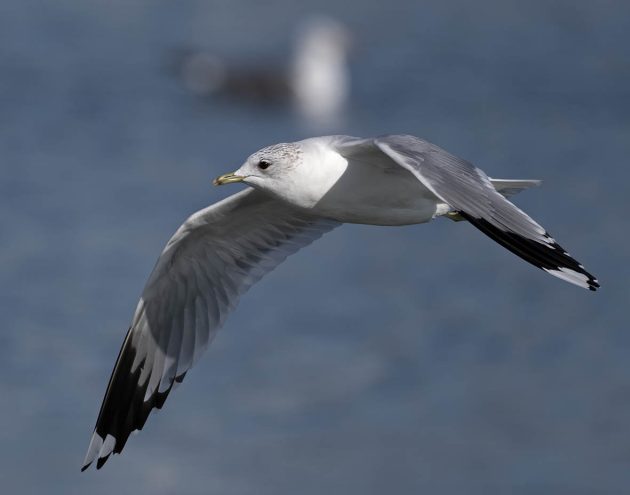
So all is changing as some birds arrive from the south, others leave northwards, yet others are already starting the nuptial preliminaries for another year.


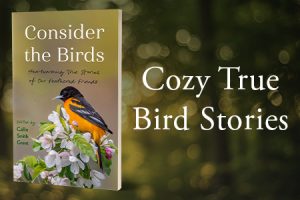

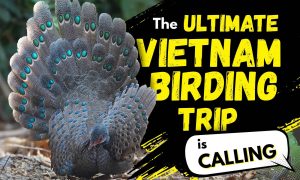
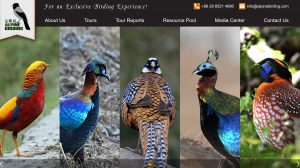
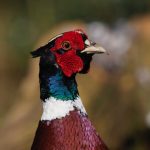
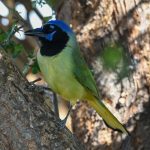
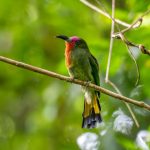

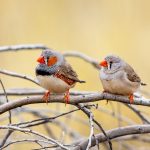
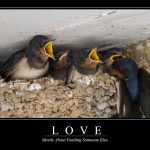

How common are Common Gulls in Gibraltar? I struggle to see them in Portugal but not a day goes by that I don’t see them in Rotterdam.
They are regular in very small numbers and very localised, mainly along the Atlantic coast, but they do reach Gibraltar itself sometimes
Here in Florida, new birds are arriving every day. Some are coming to breed, while others will push on. Many of the warblers and shorebirds I see are still in non-breeding plummage. Back home in Toronto, in a couple of months, I will get to see them all in their breeding glory.